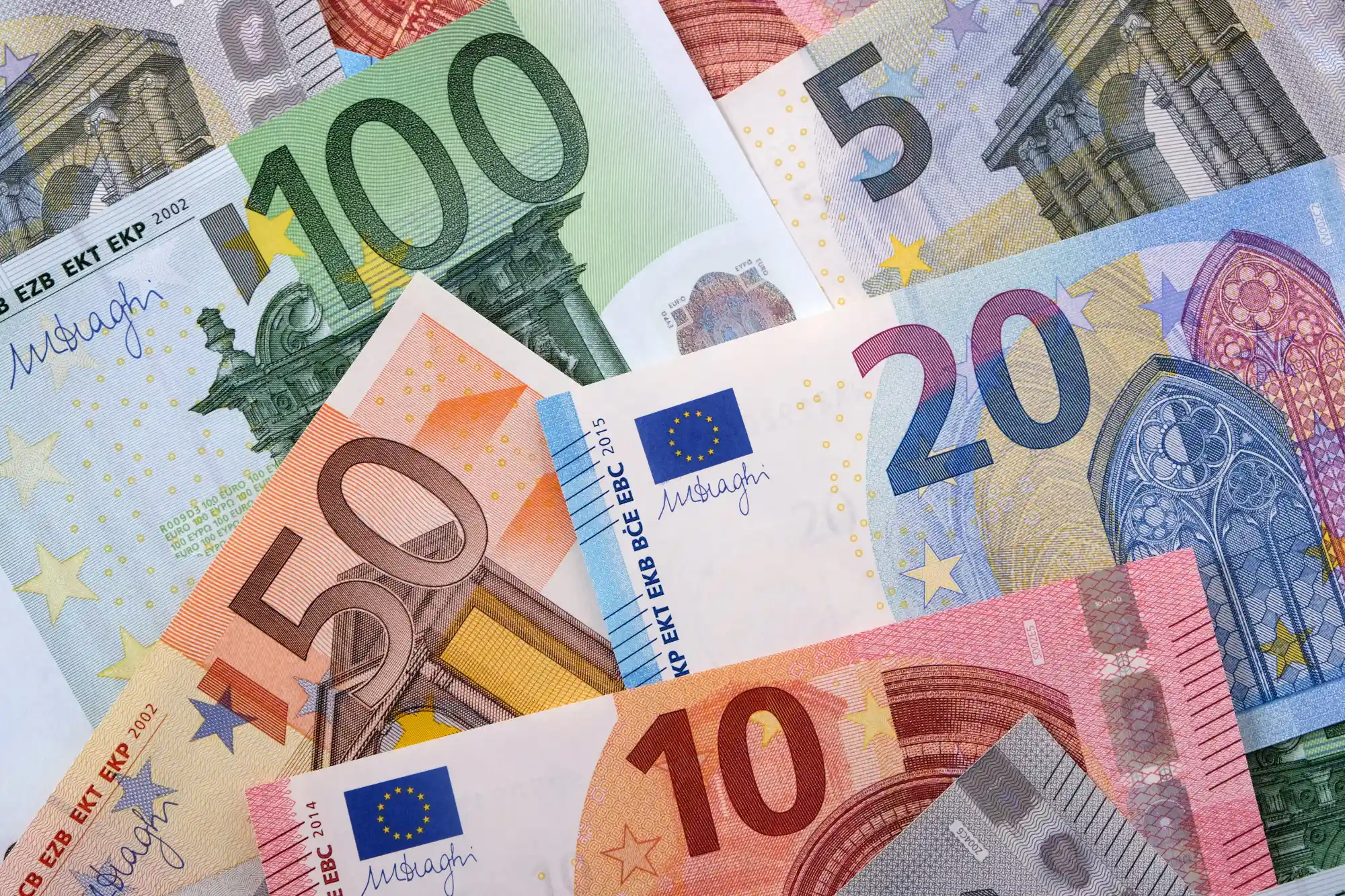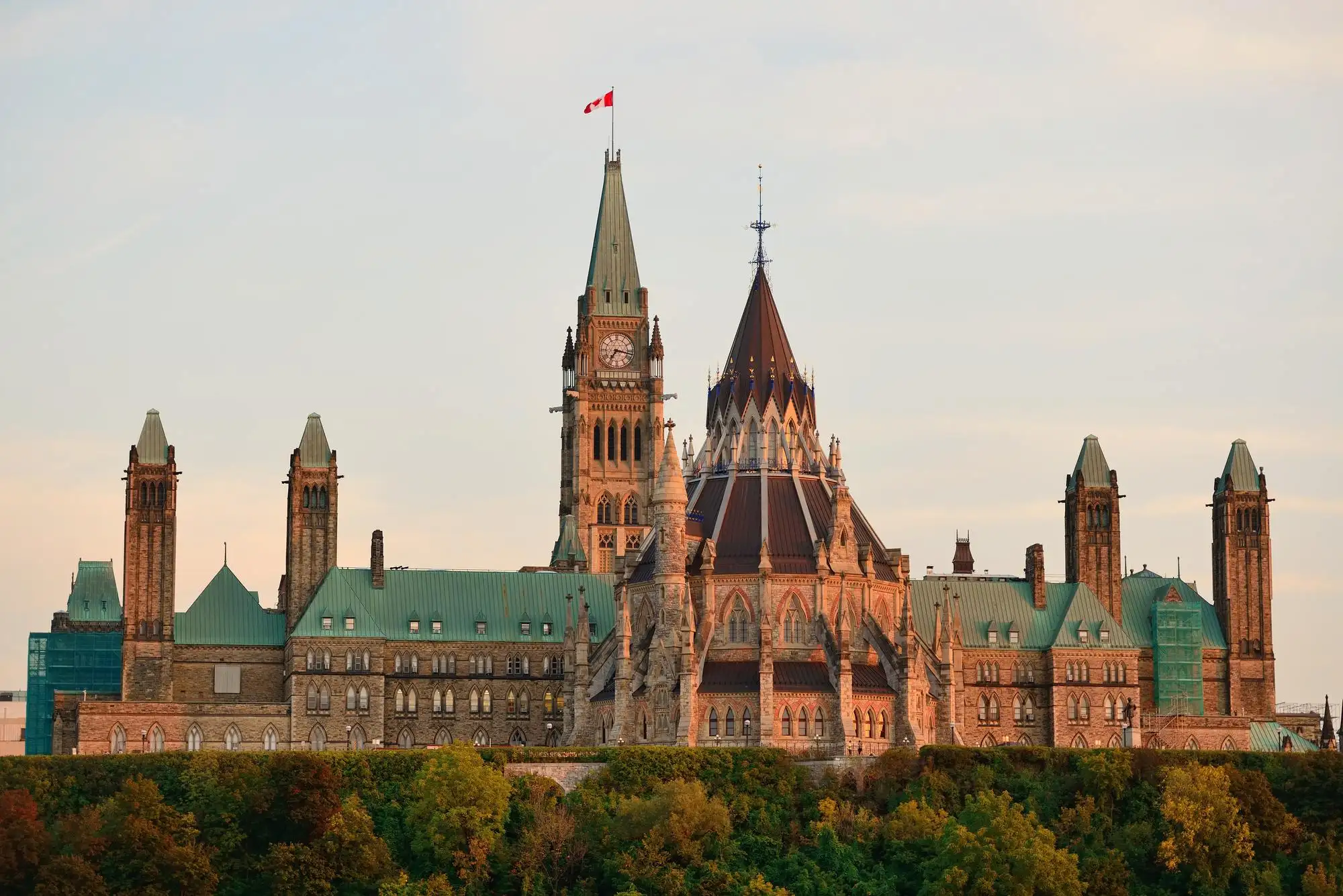With the Canada Emergency Wage Subsidy (“CEWS”), many small and medium-sized businesses are busy at work trying to figure out if their revenue decline was enough to qualify for CEWS. Many businesses, especially service businesses, are having a hard time collecting revenues. In this time of uncertainty, by carefully interpreting the revenue recognition accounting standards, businesses may be able to qualify for CEWS when on the surface, it looks like they did not meet the revenue-decline test.
What are revenues for the purposes of CEWS?
The CEWS legislation was enacted through section 125.7 of the Income Tax Act (the “Act”). Subsection 125.7(4) says, “the qualifying revenue of an eligible entity is to be determined with its normal accounting practices.” The Act does not provide guidance as to what constitutes “normal.” However, when you compare how revenue is defined under the Act and the Accounting Standards for Private Enterprises (“ASPE”), it begins to reveal what the government may mean when they say “normal” accounting practices.
- Subsection 125.7(1) of the Act defines Qualifying Revenue as “…the inflow of cash, receivables, or other consideration arising in the course of the ordinary activities of the eligible entity…”
- Paragraph 3400.03 of the CPA Handbook comparably defines Revenue as “the inflow of cash, receivables, or other consideration in the course of the ordinary activities of an enterprise…”
Because these definitions are mirror images of each other, it would lead a reasonable person to conclude that, at a minimum, Finance Canada consulted the CPA Handbook as to how revenue should be computed for CEWS. Therefore, the rules under the CPA Handbook should be an acceptable standard to determine revenue under “normal” accounting practice. If the CPA Handbook is acceptable, then all parts of the CPA Handbook should be observed when computing revenue for the CEWS subsidy.
Revenue & the effect of uncertainties
ASPE paragraph 3400.04 states the following concerning revenue recognition and collection uncertainty:
Revenue from sales and service transactions shall be recognized when the requirements as to performance […] are satisfied, provided that at the time of performance ultimate collection is reasonably assured.
Typically, for practical reasons, most small and medium-sized businesses recognize revenue when performance is complete, and there is no longer any additional obligation on the part of the seller. If there were any bad debts or collection issues, these would be identified later in the business cycle rather than at the time the service is complete. This is usually done at the end of the year.
For entities applying for CEWS, this traditional approach may need to be revisited for March to May of 2020. With an economy at a standstill, would a business be able to say that collection is reasonably assured? If not, these businesses should consider closely following paragraph 3400.04 and NOT recognize revenue. Otherwise, revenues may be erroneously inflated and may jeopardize access to the CEWS since revenues for these months should be lower than the revenues recognized from March to May 2019 (or January to February 2020)[1].
Paragraph 3400.20 shows us that the timing of this analysis is critical. Bad debts and other collection issues cannot reverse revenue once it has already been recognized:
ASPE 3400.20 When the uncertainty relates to collectability and arises subsequent to the time revenue was recognized, a separate provision to reflect the uncertainty would be made. The amount of revenue originally recorded would not be adjusted.
Therefore, businesses should perform a collectability analysis once the performance is complete rather than deferring this to a later time. This is because once revenue has been recognized, it will be used to calculate the CEWS subsidy, and a provision for bad or doubtful debts does not impact revenue per paragraph 3400.20 and presumably the definition of Qualifying Revenue.
Cash method
In applying for CEWS, paragraph 125.7(4)(e) permits businesses to recognize revenue using the cash method. This concession was given because the government acknowledges that there may be some uncertainties in collection. However, this cash method is extremely rigid. It is based on subsection 28(1), which includes in income ALL amounts that were received in the course of carrying on a business – irrespective of when the revenue was earned or when performance was complete. This all or nothing approach may not be suitable for all businesses, and this provision could be redundant in some cases due to paragraphs 3400.19 and 3400.A1 of the Handbook:
ASPE 3400.19 Recognition of revenue requires that the revenue is measurable and that ultimate collection is reasonably assured. When there is reasonable assurance of ultimate collection, revenue is recognized even though cash receipts are deferred. When there is uncertainty as to ultimate collection, it may be appropriate to recognize revenue only as cash is received.
ASPE A1. The recognition criteria in this Section are usually applied separately to each transaction. […]
Normal accounting practice would appear to permit cash basis revenue recognition on a case by case basis already, defeating the need to file an election under 125.7(4)(e) which would require recognition of revenue on a cash basis on a global basis. This provides more flexibility for businesses. For example, payments may be received in March, April, and May for services rendered or goods sold well before the COVID-19 economic downturn. In these cases, revenues will be inflated using the cash method under 125.7(4)(e).
Example
Consider a professional services firm that has three identical transactions in both May 2019 and May 2020.
- Collects a $100 retainer for services to be performed in July
- Provides services to a grocery store for $100
- Provides services to a restaurant for $100
Although there have not been any issues with collection in the past, in 2020, only the grocery store pays their bill in May 2020, while the bill owing from the restaurant is outstanding and uncertain due to COVID-19 business closure.
| Transaction | Reference period Revenue recognized in May 2019 (Traditional accrual accounting) | Revenue recognized in May 2020 (Traditional accrual accounting with bad debt provision) | Revenue recognized in May 2020 (Section 3400.04 analysis) | Revenue recognized in May 2020 (S.28(1) cash method) |
| $100 retainer, services to be performed in July | $0 | $0 | $0 | $100 |
| $100 service – grocery store | $100 | $100 | $100 | $100 |
| $100 service – restaurant | $100 | $100 | $0 | $0 |
| $200 | $200 | $100 | $200 |
From the above example, the only method which shows a decline in revenue to be eligible for the CEWS would be if revenue was recognized under a careful analysis of collections under Section 3400.04. By digging deeper, businesses may end up qualifying for CEWS when on the surface, it looks like they do not.
How can we help?
There may be other favourable interpretations of the CPA Handbook and the Act especially given the complexities of both ASPE and IFRS. If you need any assistance with determining eligibility for the CEWS, please do not hesitate to reach out to us.
Please also check out our free resources:
- CEWS Calculator to estimate your subsidy.
- In-depth commentary of Section 125.7 – The CEWS Legislation
Footnotes
[1] Read our commentary for more details.


